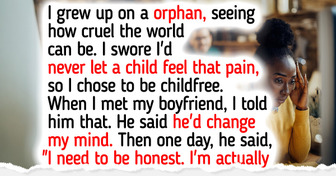Cool!
What Your Pet Might Look Like on 8 Different Planets
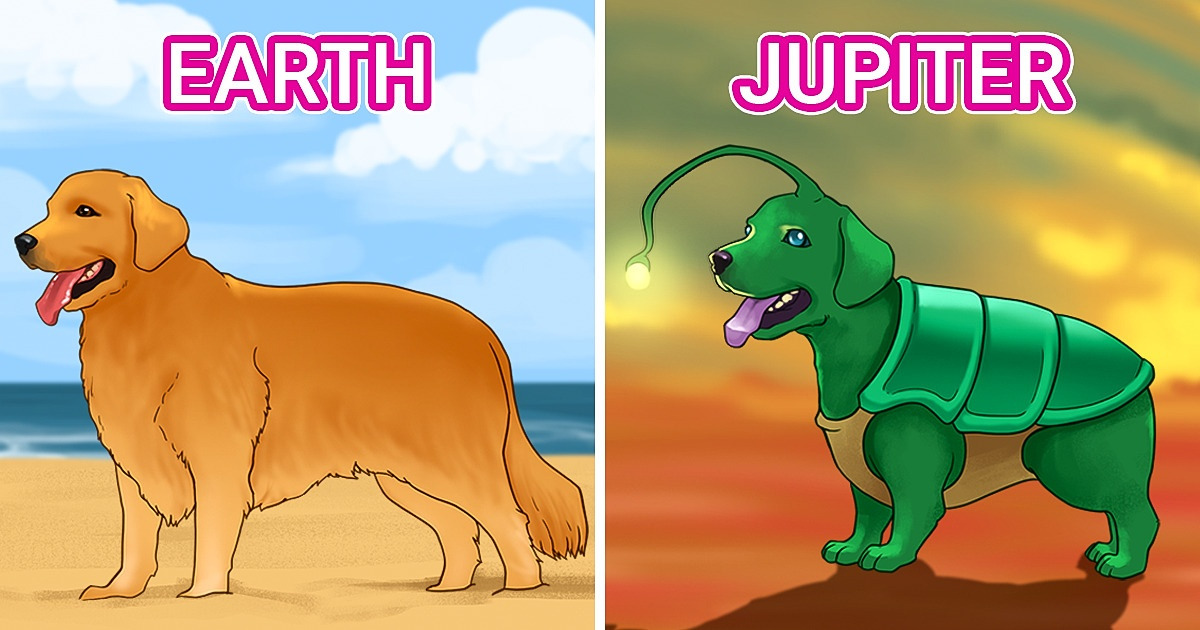
It’s only a matter of time before humans begin colonizing other planets, with NASA already wanting to send astronauts to Mars in the 2030s. It’s safe to say that if we do start moving to other neighboring planets, we wouldn’t want to leave our 4-legged friends behind!
We at Bright Side decided to get a little creative and imagine what our pets would look like if they adapted to the environments of other planets in our solar system. Here is what we came up with.
1. Mercury
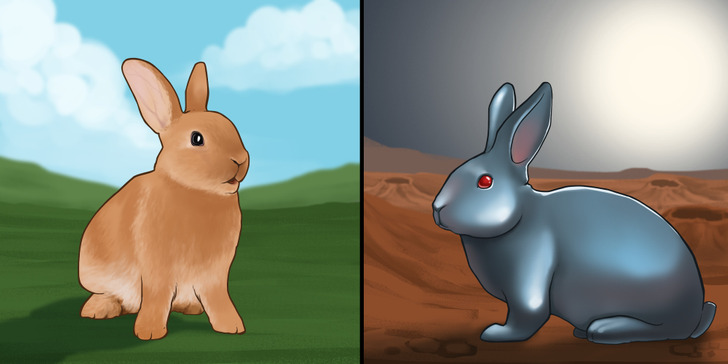
Mercury is the planet closest to the sun and, therefore, is subject to extreme temperatures of 800°F (430°C) and solar radiation.
Mercury also has very low gravity, so if our beloved pets managed to survive on the planet, they would become lighter and possibly travel with big jumps! Due to the intense temperatures, thin atmosphere, and low gravity, pets would likely be titanium-esque to cope with the temperature. Think Terminator pets! Due to the atmosphere, your pets will not need a respiratory system. That also means no nose!
2. Venus
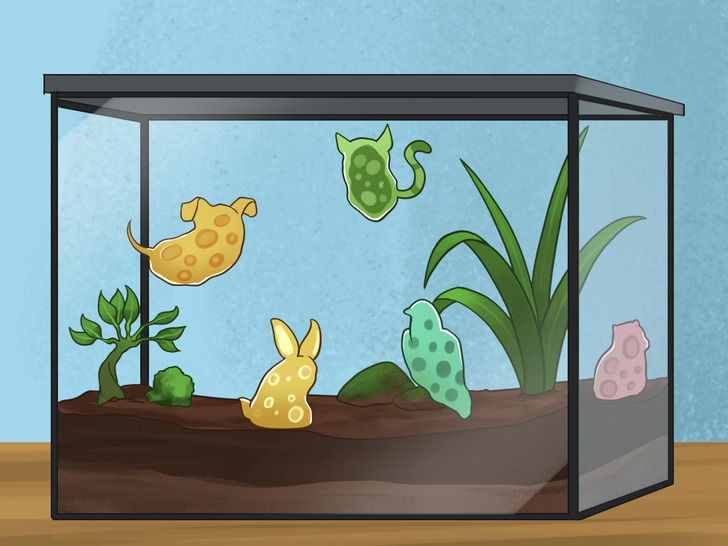
Although Mercury is closest to the sun, Venus is the hottest planet due to its dense atmosphere, so temperatures can reach 900°F (475°C). Venus’s atmosphere, lightning storms, dryness, and volcano-covered surface mean it would be the hardest planet to live on.
Because of these factors, life cannot survive here, only bacteria and microbes. Who knows, maybe we could cultivate a terrarium of bacteria so they sprout whiskers, tails, and ears!
3. Mars
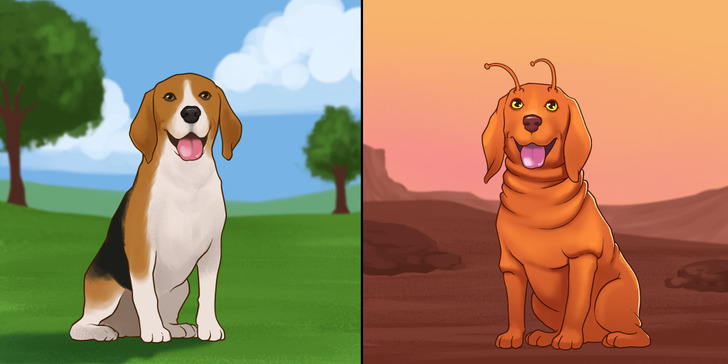
Our neighbor, Mars used to be warmer and covered with water. Today, it has a thin atmosphere and is a dusty, rocky, cold, desert-like environment that is vulnerable to radiation.
If our pets lived on Mars, we could find that their ears and skin are saggier because of poorer gravity. As Mars is further from the sun, we could see our 4-legged friends sprouting antennas to catch whatever sunlight they can. To protect themselves from the radiation, the pigmentation in their bodies could switch to give them bright orange skin, like carrots.
4. Saturn
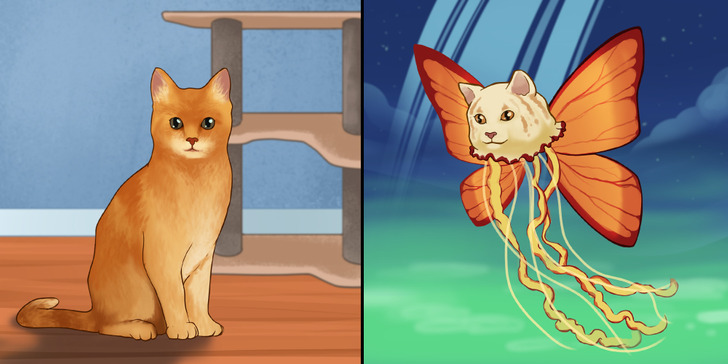
Saturn has no solid surface, which is, instead, very windy and made of gas. It has at least 53 known moons, some of which are more inhabitable than the planet.
Therefore, if pets were to live on Saturn, they’d be jellyfish-like with no skeletons in order to move through the gaseous atmosphere. They may even have huge wings in order to travel and fight against the strong winds, so they could essentially be butterfly jellyfish hybrids!
5. Jupiter
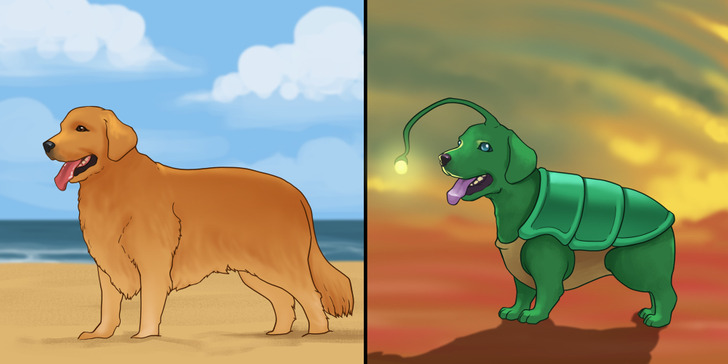
Like Saturn, Jupiter is a gaseous planet and also has more than 75 moons. The planet is incredibly cloudy and is essentially like a hydrogen ocean with very high pressure.
Therefore, if our pets lived on Jupiter, they’d be much shorter and more compact. They’d be a lot like our deep-sea dwellers, such as octopi or isopods, so they’d have shells to protect them from radiation. As Jupiter is extremely cloudy, our pets may grow huge eyes in order to see better. Perhaps they’d even evolve to be like a terrifying anglerfish with a luminous bulb attached to their head!
6. Uranus and Neptune
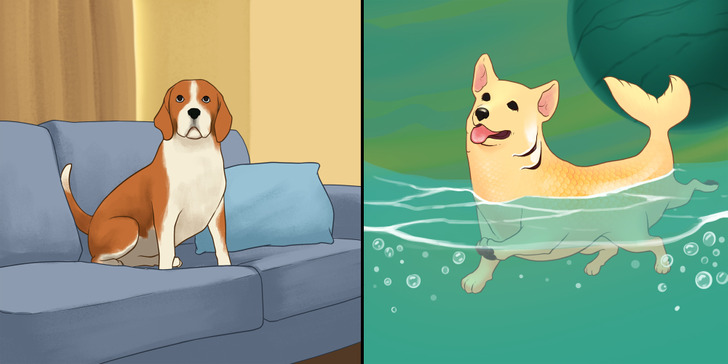
Uranus and Neptune are icy giants and both have moons and faint rings. The surfaces are not solid as they mostly consist of a cold liquid.
Due to the harsh conditions, pets may be shorter and stockier with thick skin to protect them. The dark environment means that pets may not need eyes, as they may sense their surroundings through gills or vibration sensors. They may also develop fishtails, extra limbs, and scales in order to float around the environment. Maybe they’ll have streamlined feathers, like penguins!
7. Pluto
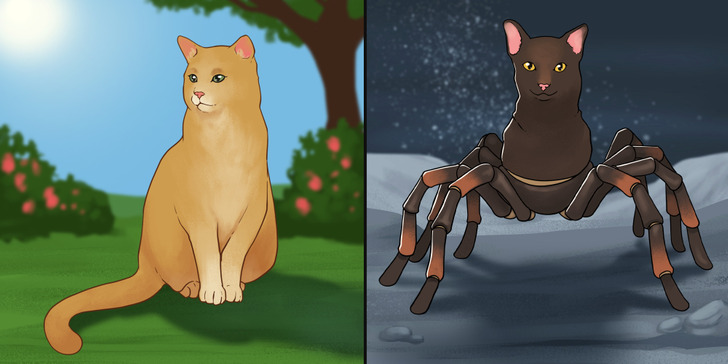
Pluto is a dwarf planet with a thin atmosphere, it receives minimal light, and has freezing temperatures and weak gravity. The temperatures range from a nail-biting −378°F (-228°C) to −396°F (-238°C)! It is also thought that there may be water under the surface.
Due to the environment, pets would become taller, and although their bones would shrink, the gaps between their vertebrates would increase. Their posture would also change from having spindly limbs to being more insect or fish-like due to their anti-freeze characteristics. They could essentially become smaller versions of the ice spiders from The Mandalorian. Arachnophobes, beware!
Bonus: life on Mars!
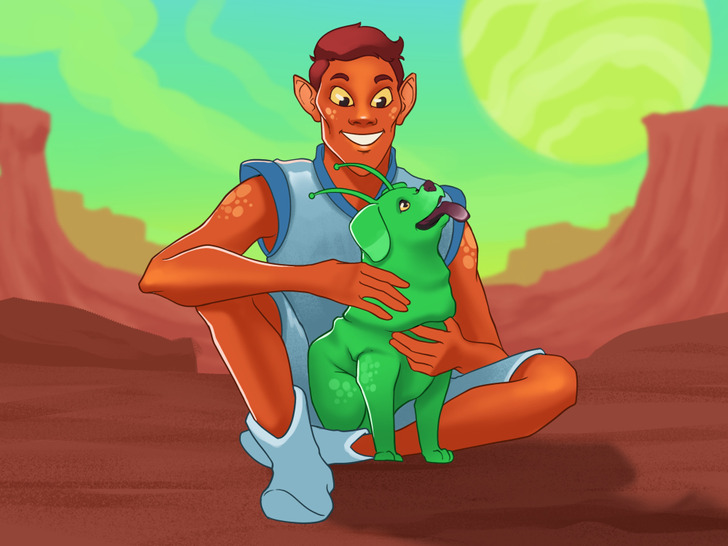
What planet would you want to take your pet to? Let us know!
Comments
Related Reads
15+ Witty Comebacks From Children That Make Us Burst With Laughter

11 Times Strangers Made Someone’s Day a Whole Lot Better

10 Mighty Women Who Couldn’t Care Less About Beauty Standards
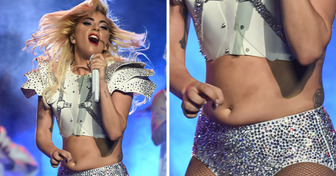
20 Tutors Reveal What Really Goes On Behind Closed Doors

I Excluded My Wife From My Kids’ Core Memories—She’s Too Busy Working

I Refuse to Be Exploited as a Free Babysitter on My Hard-Earned Retirement Cruise

I Refused to Bring Kids on My Solo Vacation, and Now My Family Is Furious

My Boss Cut My Salary Behind My Back—Until HR Discovered the Truth

18 Stories That Prove a Cleaner’s Job Is About More Than Just Dusting

11 People Who Chose Kindness Over Looking Away

I Refuse to Beg for Time With My Grandson

I’m Childfree, but My Boyfriend Refuses to Accept It and Keeps Forcing Me to Have Kids
